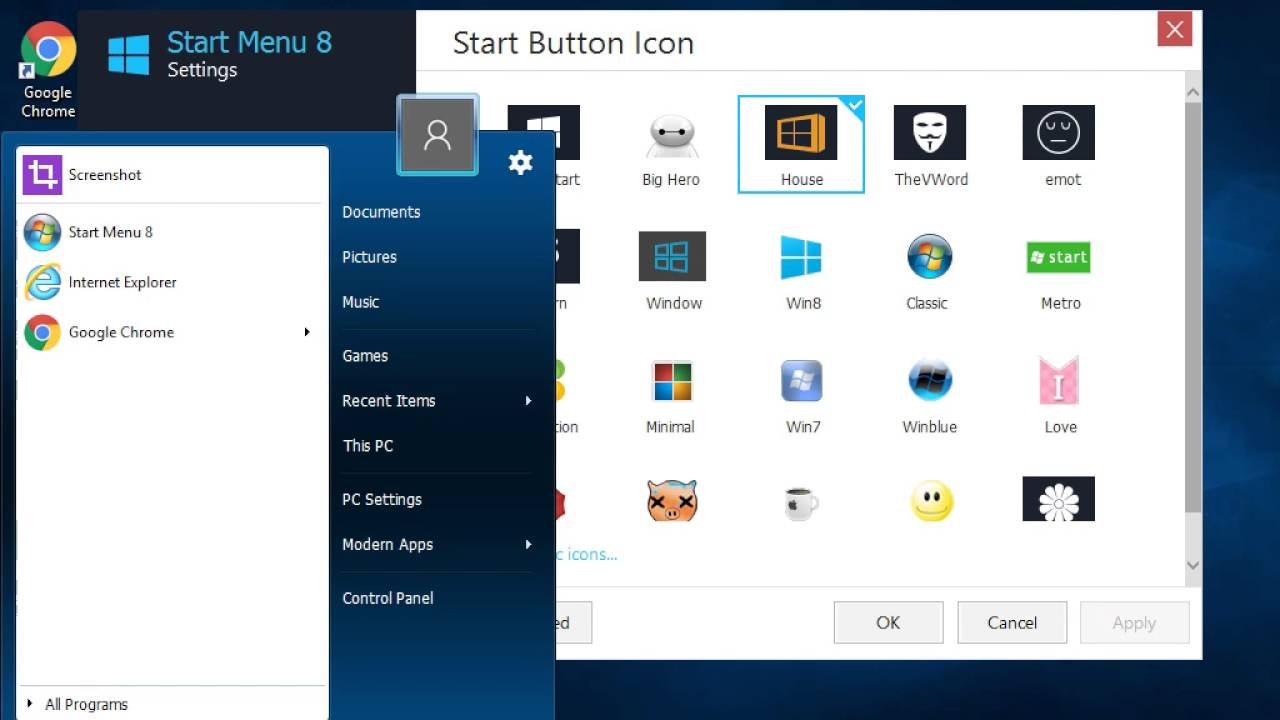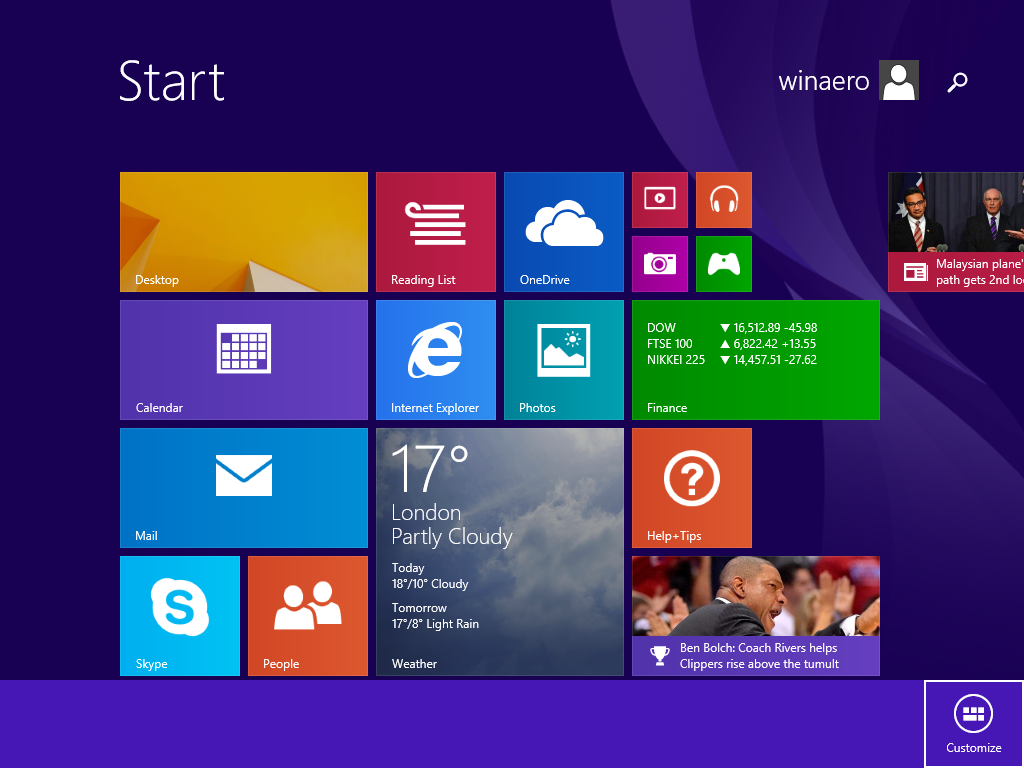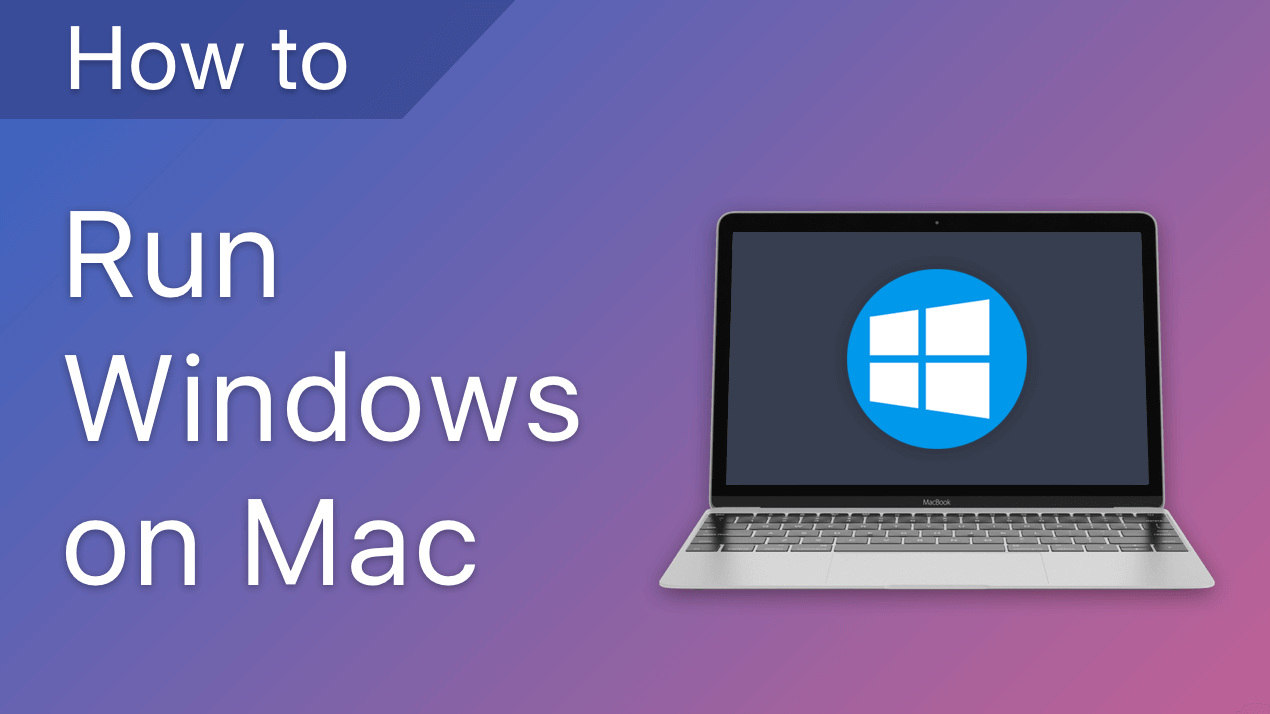

The key to dealing with the start-up folder is finding it. Although having some programs load immediately is useful, a number of those placed in the start-up folder are more obscure and probably not of much use to you on a daily basis. When the shortcuts contained in this folder are deleted, the particular program will no longer launch automatically. For example, if you have Microsoft Office installed, there’s a good chance that you’ll find a shortcut to the Office toolbar stored in this folder.

Many installed programs will add a shortcut to this folder as part of their installation process. When a Windows system boots, shortcuts to programs contained in your start-up folder are launched automatically. With a quick look at the Windows start-up process and few different utilities, you can be back in control of your system in no time. The good news is that regaining control of your PC is possible without the need to uninstall programs used only occasionally. Not only do these utilities lengthen the time that your system takes to load, but they also consume valuable memory space – often needlessly. Unfortunately, as more and more utilities are designed to start automatically upon loading Windows, system performance tends to suffer. Between utilities to block pop-up windows, instant messaging programs and download managers, your Windows system tray can quickly become a distorted rainbow of icons whose purpose may be a mystery. It doesn’t take long for the number of programs installed on your PC to get out of control. We take an in-depth look at Windows startup options Microsoft is not responsible for the content, accuracy or opinions expressed in these articles.Īre you sacrificing memory space and performance for mystery programs? Then it’s time to regain control of your PC.

The articles set out below are articles created and/or produced by Future Publishing Limited.


 0 kommentar(er)
0 kommentar(er)
